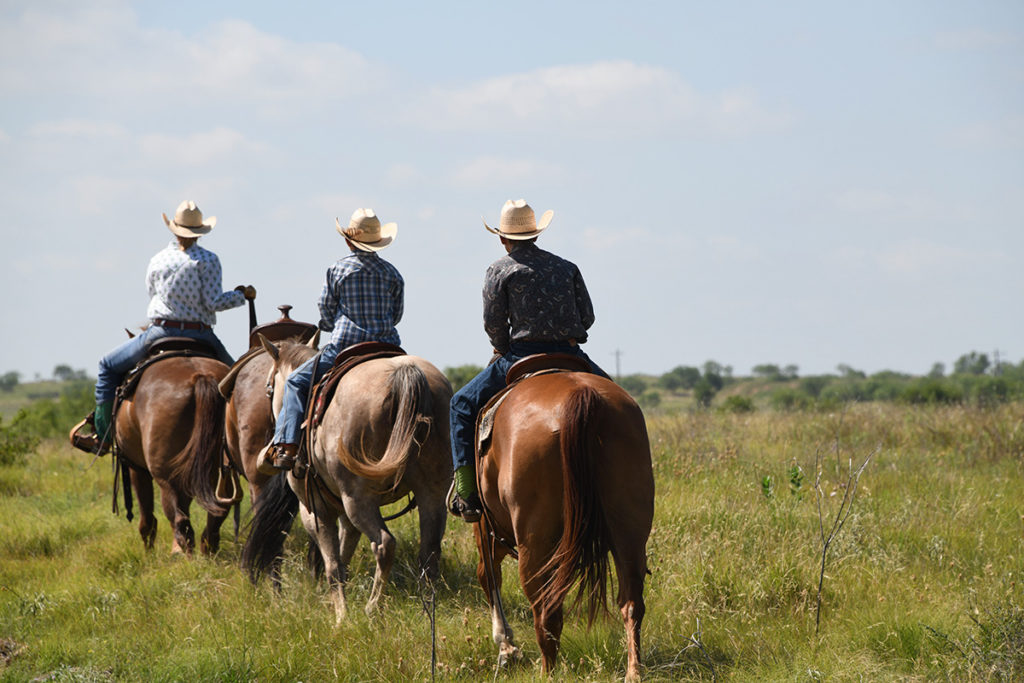HISTORY, COMMUNITY, & HERITAGE
Albany is a small and vibrant community and the county seat of Shackelford County, Texas. The town is rooted in a legacy of agriculture, but continues to attract residents and visitors with its warm, small-town feel, great schools, and many opportunities for hunting, recreation, and heritage tourism.
THE TOWN
Albany is a small and safe suburban-rural community with great schools. Known as the “Home of the Hereford,” Albany features several historic and cultural landmarks that tell the story of its history. It’s also home to the recently renovated Webb Memorial Park and City Pool, Albany Golf Course, historic Old Jail Art Center, Aztec Theater, and Fort Griffin State Park.
A spirited town full of recreational opportunities, good hunting, and Texas history, Albany is a tight-knit community that takes you back to the Old West with long-standing traditions. It invites residents and visitors to dive deep into its culture and history and discover all it is today through exciting historic landmarks, local events, and community attractions.

THE HISTORY
What would eventually give rise to the community of Albany first began as a military fort called Fort Griffin. A settlement known as “The Flat” quickly developed below the plateau where the fort stood. The frontier town was primarily home to local ranchers and farmers, but many well-known figures of the Old West also lived there or passed through, including Doc Holiday and Wyatt Earp.
The Flat grew and eventually became the designated county seat in September 1874. A man named Henry Jacobs donated the land to establish a new town in the central part of the county, since many residents wanted it to be distinctly separate from the lawlessness associated with Fort Griffin. As a result, the community of Albany was born, and it became the new permanent county seat.
The town of Albany flourished with the arrival of the Texas-Central Railroad in 1881. Farming and ranching dominated its early economy, and with a new connection to the railroad, Albany became a popular place to ship cattle (mostly Hereford cattle). Soon after, the community dubbed itself “Home of the Hereford,” a slogan that has stuck around ever since.
The discovery of natural gas in Shackelford County resulted in an economic boom during the 1910s and 1920s, and Fort Griffin’s community population dwindled as Albany expanded. By the 1940s, Fort Griffin’s only general store and post office had closed, and the school was consolidated with Albany’s.
Today, what remains of the fort is preserved at Fort Griffin State Park. The lively town of Albany continues to tell the story of its humble beginnings with an annual outdoor musical called “The Fort Griffin Fandangle,” performed just outside Albany. The performance attracts many visitors each year and has become integral to the community’s efforts to honor and remember its legacy and history.Browse our partner-sponsored Glasses, with a variety of options to suit every taste and budget, available to buy online
Albany maintains a well-balanced economy bolstered by natural oil and gas, agriculture, hunting, recreation, and heritage tourism.




